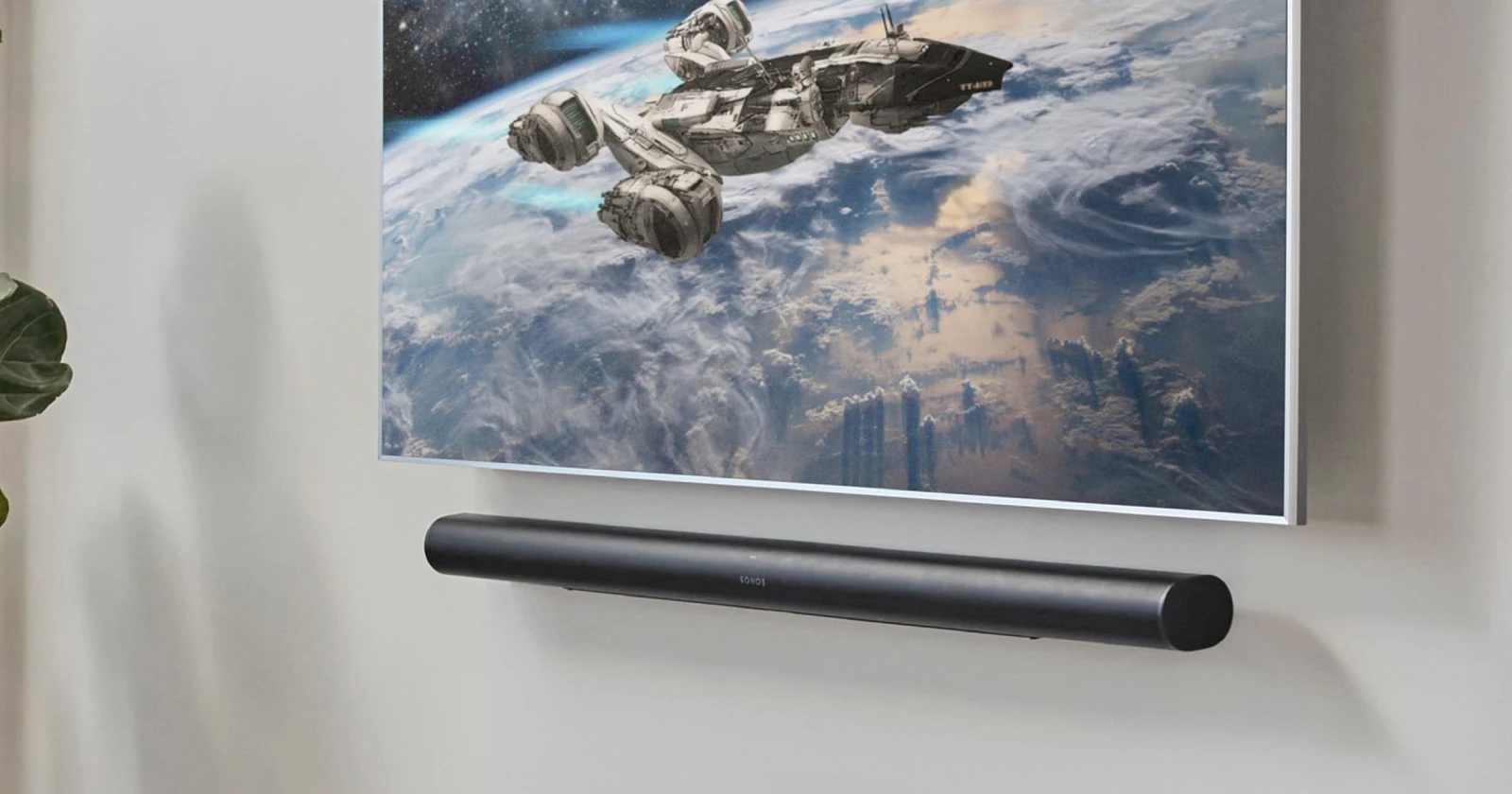If you’ve invested in a Sonos Arc Ultra and connected it to a Samsung TV, you might be experiencing audio dropouts. These brief pauses in sound — often less than a second — can quickly ruin the immersive experience, especially when watching high-quality content with Dolby Atmos. If you’re wondering what’s causing the issue and how to fix it, you’re not alone. Many users have reported similar issues, particularly with Samsung models like the S90C and QN90B. Here’s a rundown of possible workarounds that might help. Note that some of these workarounds are from past instances where users faced the same problem with other Sonos devices paired with Samsung TVs.
1. Switch off HDMI eARC
One of the main culprits appears to be Samsung’s HDMI eARC (Enhanced Audio Return Channel). Some users have reported that switching eARC off helps reduce or even eliminate the dropouts. However, there’s a trade-off: turning off eARC means you won’t get Dolby Atmos, which is one of the key features of the Arc Ultra. If you can live without Atmos, this could be a straightforward fix.
How to do it:
- Go to your Samsung TV’s settings.
- Navigate to Sound > Expert Settings.
- Set HDMI-eARC Mode to Off.
If this doesn’t solve the issue, you can always turn eARC back on and try another solution.
2. Use the “Pass-Through” setting for audio output
When eARC is on, some users found that setting the TV’s digital output to “Pass-Through” helped reduce dropouts. This setting essentially sends audio directly from the TV to the soundbar without any processing, which might reduce glitches. P.S., this was a suggestion from a year ago, but should be worth a shot in this situation as well.
How to do it:
- Go to Settings > Sound > Expert Settings.
- Set Digital Output Audio Format to Pass-Through.
Unfortunately, for some users, this setting may be greyed out when using Dolby Atmos, which could limit its effectiveness. But it’s worth a try if it’s available.
3. Test a different HDMI cable
Several users who tried replacing the HDMI cable experienced fewer audio issues. Higher-quality or well-shielded HDMI cables can sometimes handle data more reliably, reducing potential interference that could cause dropouts.
Recommended cable types:
- Look for an HDMI cable that supports HDMI 2.1, as this standard is compatible with eARC and Dolby Atmos.
- Alternatively, try a high-quality cable that’s labeled as “Ultra High Speed,” as these are designed for stable transmission with minimal data loss.
4. Use internal apps on the Samsung TV
If you’re using an external streaming device, such as an Apple TV, the issue might be related to how it processes and sends audio. Users have noticed that internal apps on the Samsung TV, such as Netflix or Disney+, might work better with the Sonos Arc Ultra, as they can deliver Atmos content without relying on an external device. By using the TV’s native apps, you may avoid some compatibility issues. All you need to do is open the streaming app directly on your Samsung TV and see if the audio remains stable.
Final thoughts
When you’ve invested in a top-tier soundbar like the Sonos Arc Ultra, it’s understandable to be frustrated when it doesn’t work the way it should. Give these potential workarounds listed here a shot and let us know which (if any) one worked for you. Hopefully, one of these workarounds will restore smooth, uninterrupted sound to your setup.
TechIssuesToday primarily focuses on publishing 'breaking' or 'exclusive' tech news. This means, we are usually the first news website on the whole Internet to highlight the topics we cover daily. So far, our stories have been picked up by many mainstream technology publications like The Verge, Macrumors, Forbes, etc. To know more, head here.


